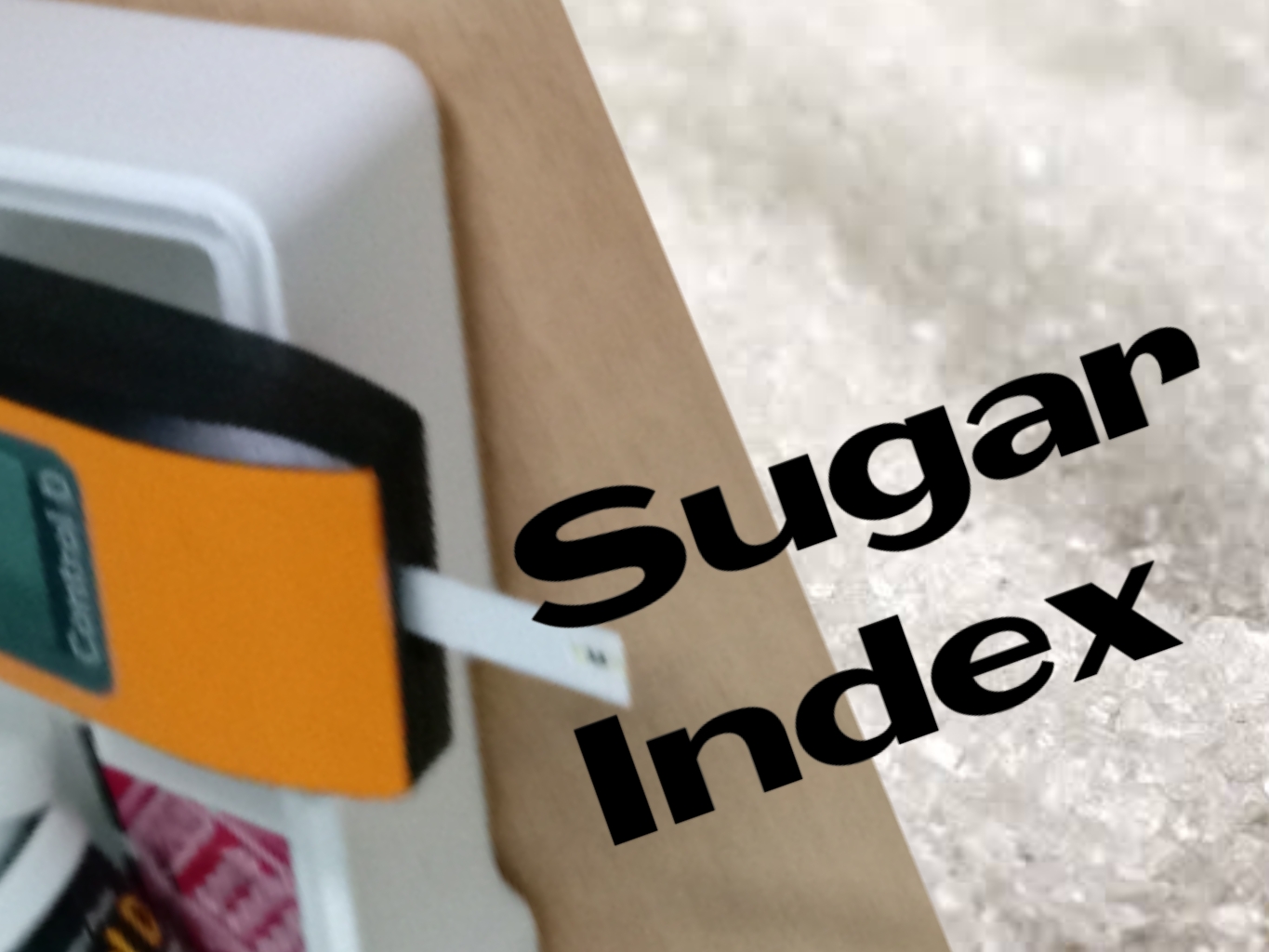Will Corona Patients Get Health Justice?
Health justice is a fundamental human right. It gives safety and dignity to everyone, regardless of caste, creed and status. It gives accessibility to affordable and equitable hospital care for all. Taking advantage of a patient's condition, compulsion, weakness and helplessness is nothing but exploitation. It doesn't ensure health justice. In such circumstances, Will Corona Patients Get Health Justice?
For further clarification refer The Center for NULeadership on Human Justice and Healing
Corona Leeches
Corona business has turned more dangerous than corona itself. Covid-19 was a result of many centuries of mutations in the virus. Corona strains are both harmful and harmless. They infect different organs in different forms. The immunity against different strains is also different in different persons. So, corona virus isn't uniform in causing infections. That means the strains may or may not be cruel. But, corona leeches are always cruel and harmful. They suck both money and peace from a patient's life, even life sometimes. Once the person’s family suffers such a mental and physical stroke, it may not be in a position to afford balanced food and post-covid medicines to the patient. If the same conditions prevail, will corona patients get health justice?
Read also:. Coronavirus: Medical service providers | Unkindest exploitation
Kinds of Corona Leeches
There are three kinds. One kind is seen in government covid centres. The second kind in unlicensed private Covid centres. The last one in corporate Covid centres. Ofcourse, you can't generalise all centres so, yet there are good and kind ones also. Will corona patients get health justice?, if all centres are alike.
Poor Man's Corona Centres
Patients from lower, middle and upper middle income groups are admitted here. They lack sufficient equipment, beds, medicines and more conspicuously staff. They are not in a position to accommodate, treat and attend to the needs of corona patients. Here the patient suffers and dies mostly due to fear of psychosis rather than the actual infection. The environment, the attitude of the staff and insufficient medical care kill the patient in advance, who otherwise might have survived by luck. Will corona patients get health justice, in such circumstances? Consequently, the majority of patients from middle and upper middle class families run away to private hospitals, after seeing the way how corona patients die, without proper care and treatment.
Middle Class Corona Centres
The most popular kind is that of unlicensed private hospitals. The cost of treatment here is around ₹ 15,000/- per day. Patients from middle and upper middle class families are admitted here. Though equipment and staff are better, oxygen supply and less experienced staff are the limitations. Here too ten percent of patients may die due to many problems. Will corona patients get health justice, in such circumstances?
Big Man's Corona Centres
These centres are exclusively for the richer and the richest. Though well trained staff and state of the art technology available here, face to face care is lacking. Instead remote care is provided in many circumstances. That's how the corona treatment varies, as per the class, though not per colour, caste, and creed. Will corona patients get health justice, in such circumstances?
Reasons for Exploitative Treatment
One thing we have to think and analyse why it's so? Unions, corruptive employees, lack of responsibility in local, state and central government authorities are reasons for low standard treatment and unlicensed centres. Super specialities thrive due to prosperous shareholders in bureaucracy, business forces and top politicians. Will corona patients get health justice, in such circumstances?
Hope for Health Justice
Prevention is better than cure. Take vaccines in time, exercise regularly and take a balanced diet. That's how you can prevent corona leeches from devouring your blood. The other ray of hope is honest and humanistic volunteers to raise the voice against injustice and compel the concerned authorities to mend their ways to rebuild confidence among masses. You can see how some organisms are striving in this direction. 30 Organizations Defending the Right to Health




